5 Ways Tree Trimming Helps Prevent Costly Storm Damage
Tree trimming may seem like a non-essential task for the average homeowner, but it plays a crucial role in preventing storm damage and reducing repair costs. Trees are a beautiful, integral part of our landscapes, providing shade, oxygen, and aesthetic appeal. However, during inclement weather or storms, they can quickly turn into liabilities if not properly maintained. Storms can cause untold damage through falling branches or even uprooted trees, making proactive tree trimming an investment that pays off in more ways than one. Here are some compelling reasons why regular tree trimming can help you avoid hefty repair bills when bad weather strikes.
1. Reduces the Risk of Branch Breakage
Regular tree trimming substantially reduces the risk of branch breakage that could otherwise lead to significant damage during storms. Overgrown branches tend to be weaker and more susceptible to being broken by strong winds, snow, or ice. Trimming these branches allows you to remove vulnerable parts of the tree, minimizing the risk of them collapsing onto roofs, power lines, or vehicles. By keeping your trees well-trimmed, you're taking proactive steps to protect both your home and the surrounding environment. Routine maintenance also helps prevent minor issues from developing into structural problems that could become dangerous during severe weather events.
2. Promotes Tree Health and Stability
Tree trimming isn’t just about aesthetics or preventing immediate damage; it also promotes the long-term health and stability of the tree. By removing dead or diseased branches, you enable the tree to allocate its resources more efficiently and strengthen its overall structure. Healthy trees are naturally more resilient during storms. According to LawnStarter, mature trees generally need trimming every 3 to 5 years to maintain their vigor and stability. Proper maintenance not only helps prevent storm damage but ensures your trees remain vibrant all year round. Healthy root systems and balanced canopies also make trees better equipped to withstand harsh winds and heavy rain.
3. Prevents Overhanging Hazards
Overhanging branches can be a significant hazard during storms, particularly if they extend over buildings or power lines. Tree trimming eliminates these dangerous overhangs, thereby preventing potential damage from falling branches. Over time, branches that grow too close to structures can cause roof damage or even compromise the structural integrity of power lines. By regularly trimming your trees, you decrease the likelihood of these branches causing extensive, costly damage during severe weather conditions. This practice also improves safety around your property by minimizing risks to family members, neighbors, and passersby.
4. Improves Airflow and Light Penetration
One of the often-overlooked benefits of trimming trees is improving airflow and light penetration through the canopy. This reduces the wind resistance of the trees during storms, making them less likely to be uprooted or damaged by severe winds. Enhanced light penetration also promotes healthier growth by ensuring that all parts of the tree receive necessary sunlight, further enhancing the tree's strength and resistance. By periodically trimming your trees, you optimize their growth conditions, making them tougher adversaries against harsh weather. In addition, improved air circulation helps prevent moisture buildup, which can reduce the risk of mold and pest infestations that weaken the tree over time.
5. Saves on Costly Emergency Services
Investing in regular
tree trimming services can save you a significant amount on emergency response costs after a storm. Fallen branches or trees can require urgent removal, which often comes at a premium price. In addition to the cost, emergency tree removals can be disruptive and stressful, especially during severe weather conditions. By keeping your trees maintained and trimmed, you minimize the chances of requiring costly emergency services, providing peace of mind during storm seasons. Regular trimming also supports long-term financial savings by preventing property damage, vehicle repairs, and potential insurance claims that could arise from fallen limbs or uprooted trees.
Tree trimming is a vital component of home and landscape maintenance, especially in areas prone to severe weather conditions. By regularly trimming your trees, you reduce the risk of storm-related damage, promote healthier tree growth, and potentially save on emergency service costs. The benefits of trimming extend beyond immediate safety; they foster a healthier environment and enhance the longevity and stability of your landscape. As a homeowner or property manager, making tree trimming a regular part of your maintenance routine is a smart, proactive choice to protect both your property and your pocketbook from costly storm damage. Consistent care not only safeguards your home but also preserves the beauty and value of your outdoor spaces for years to come. Call Eduardo's Tree Service today!

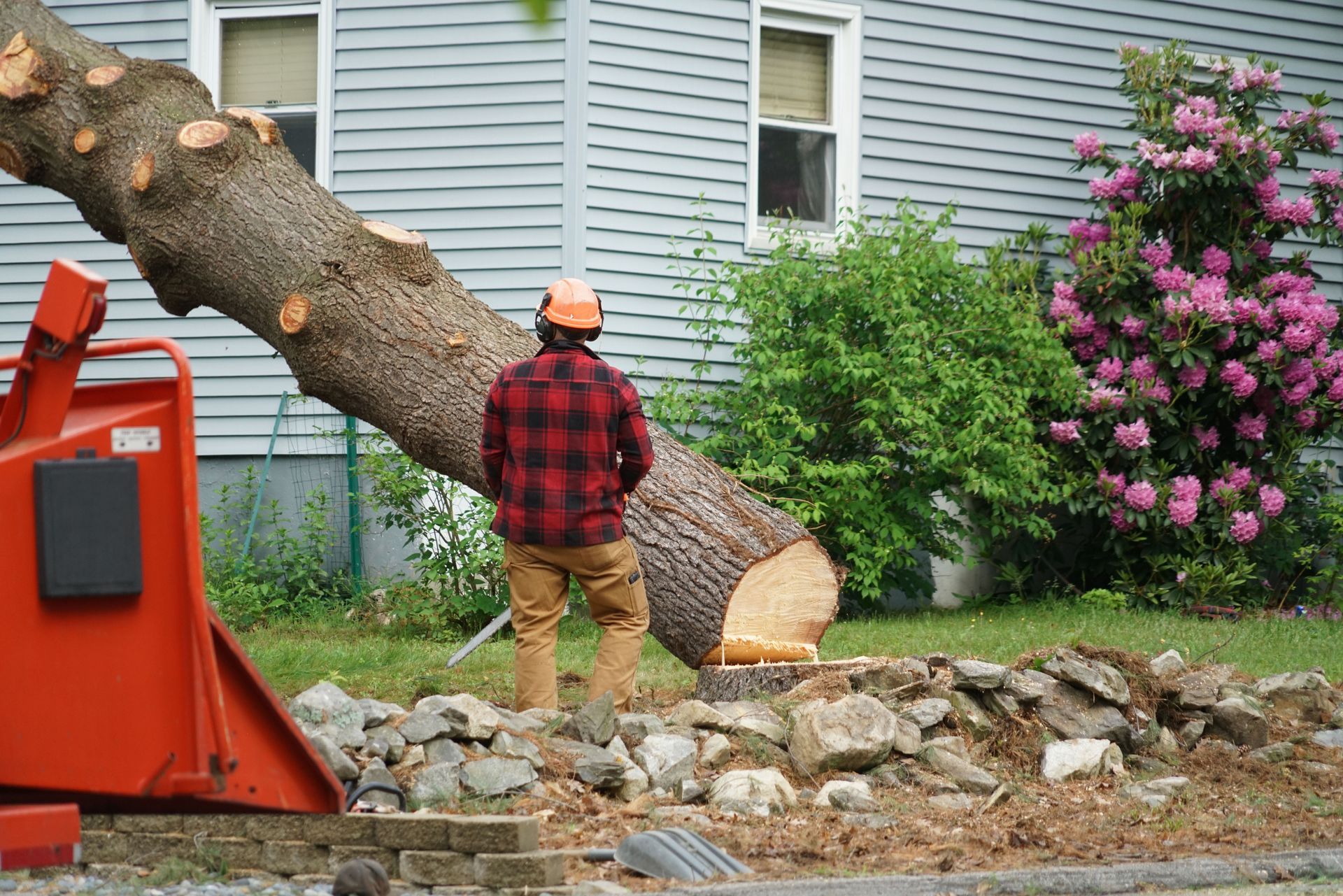
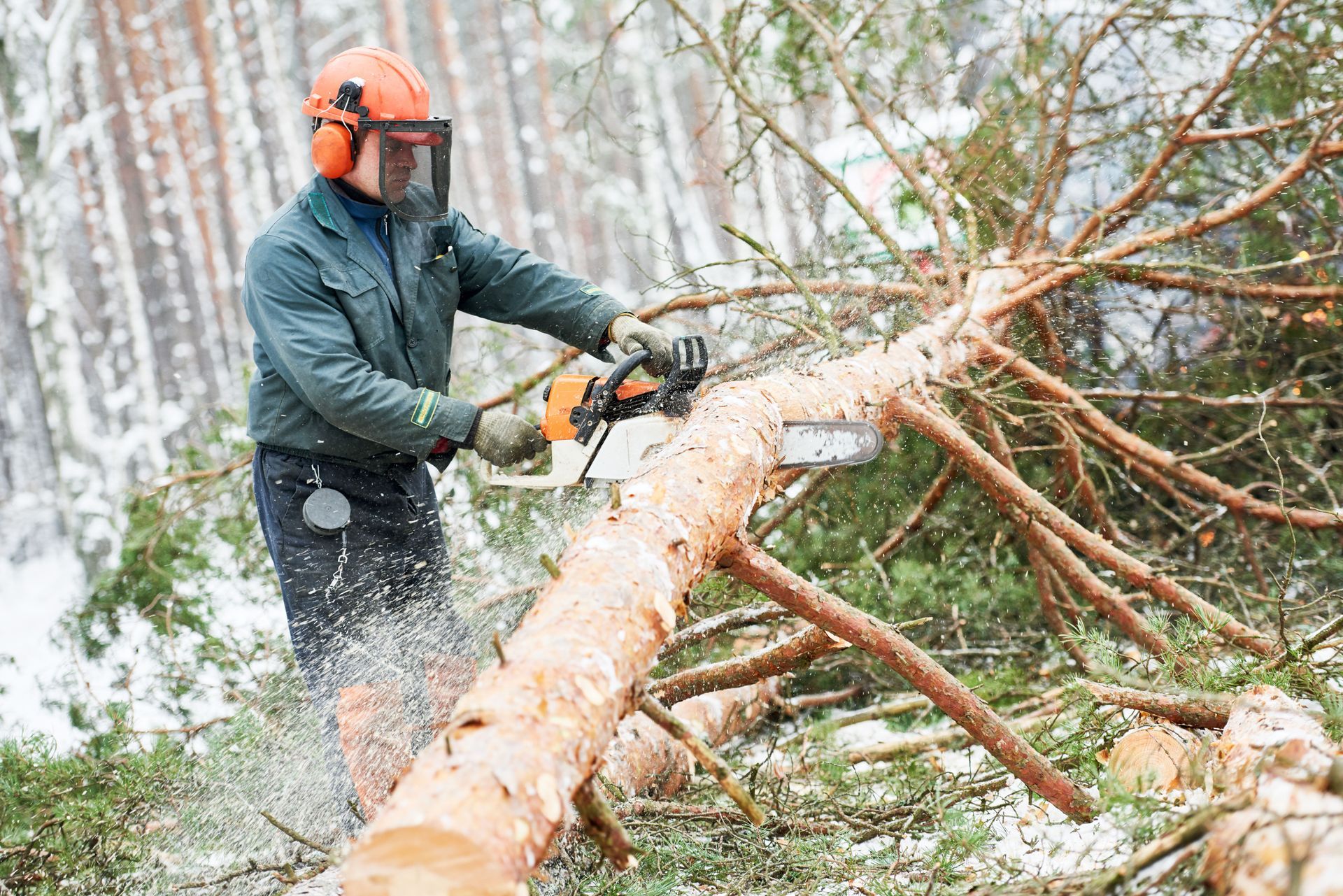
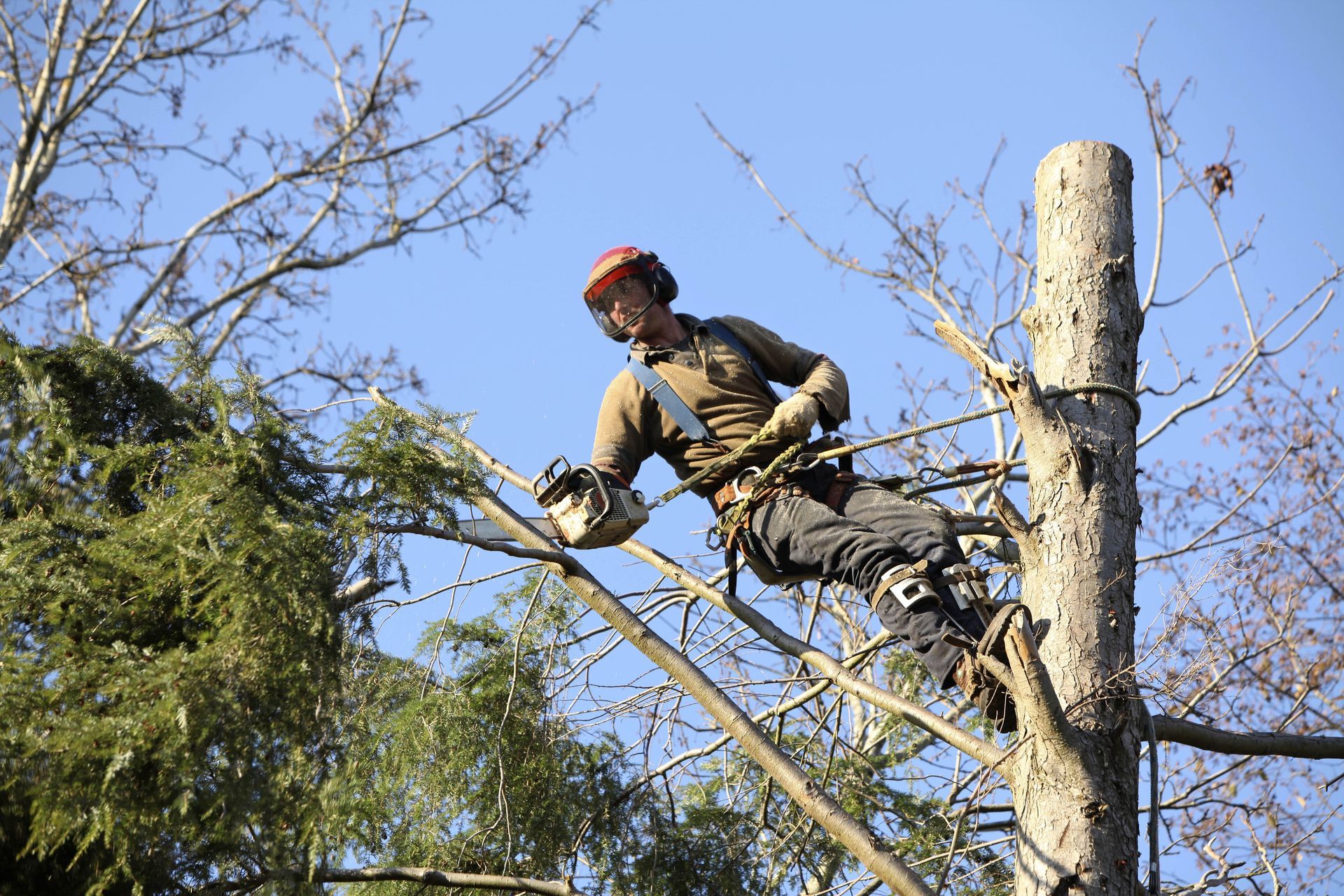
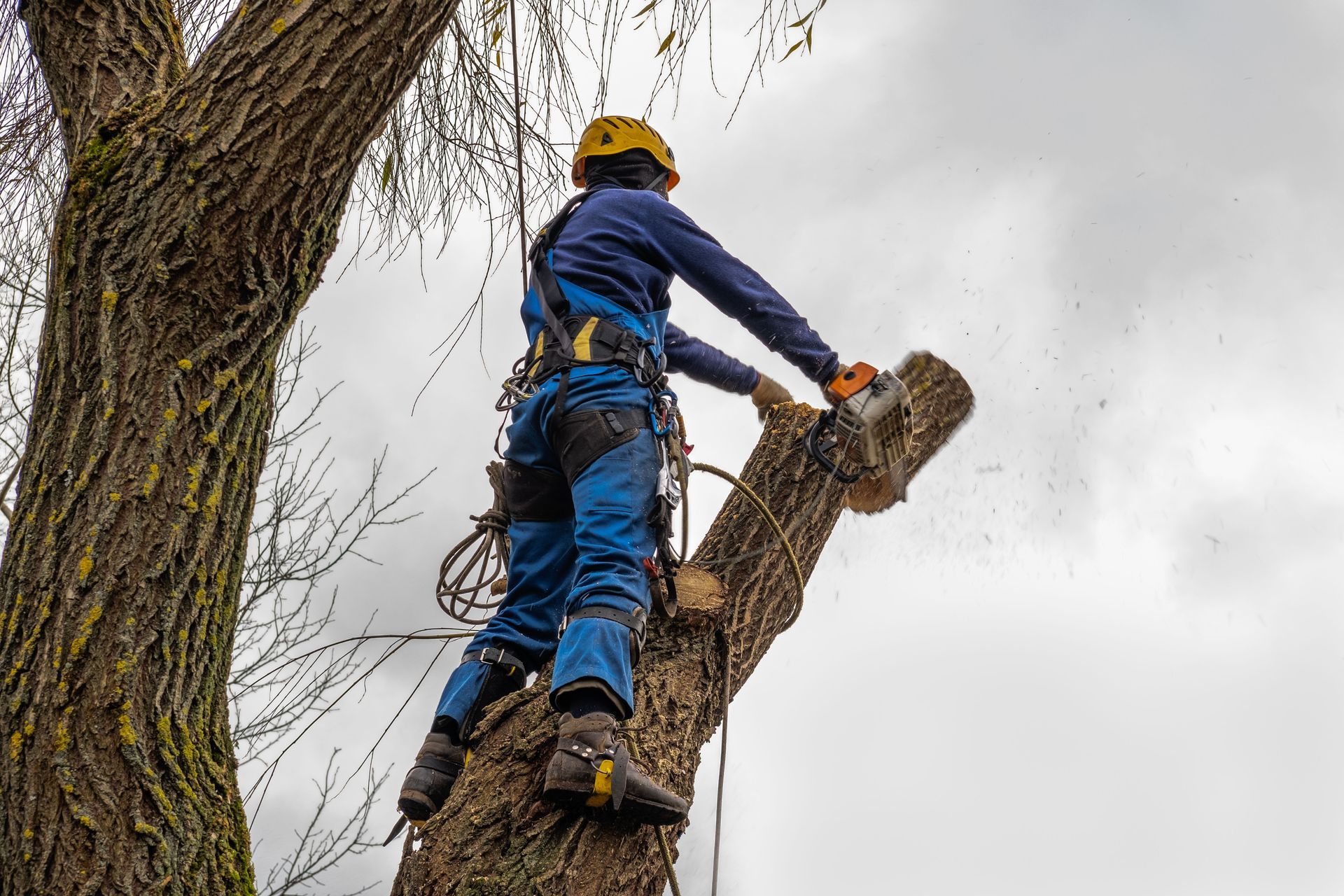
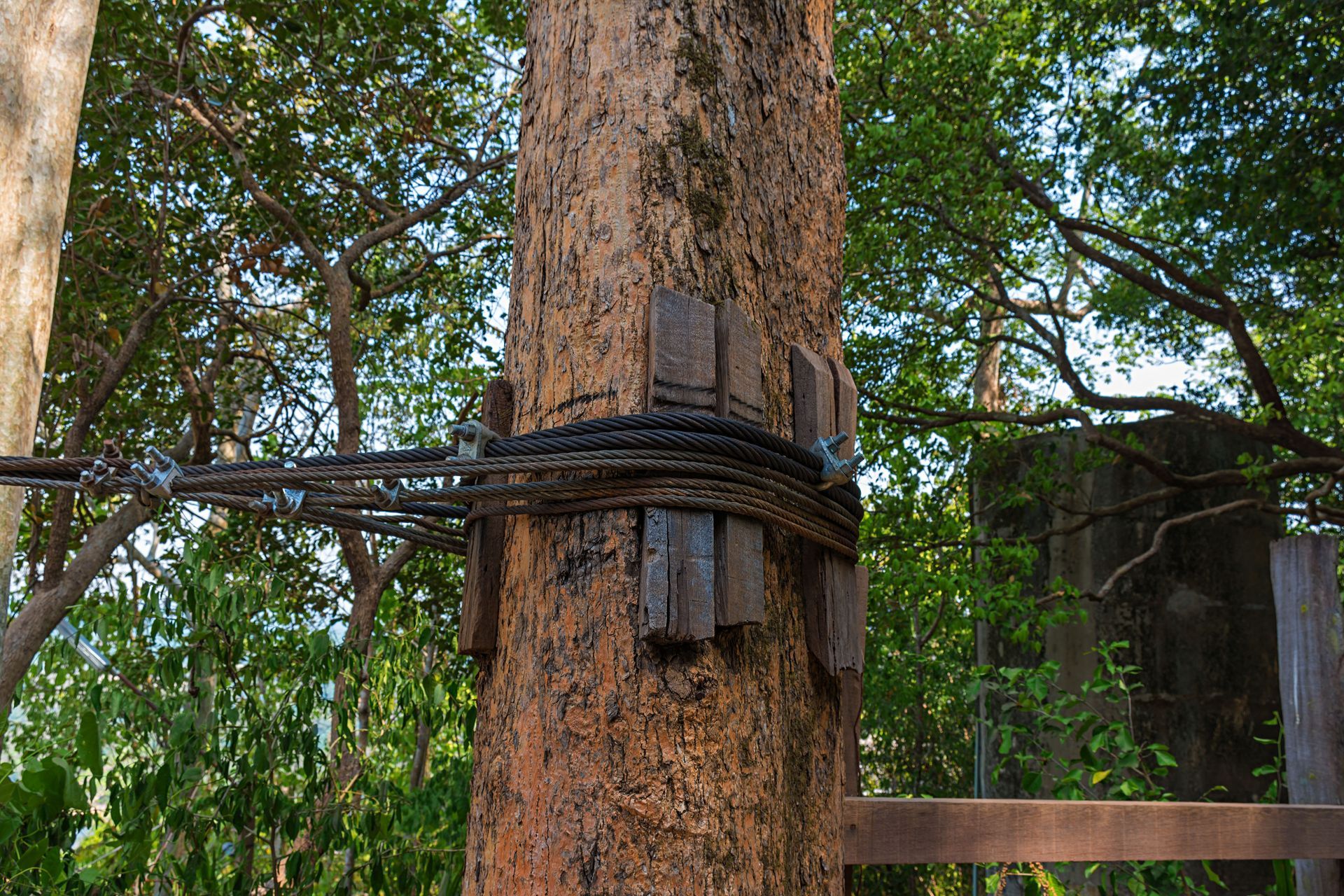
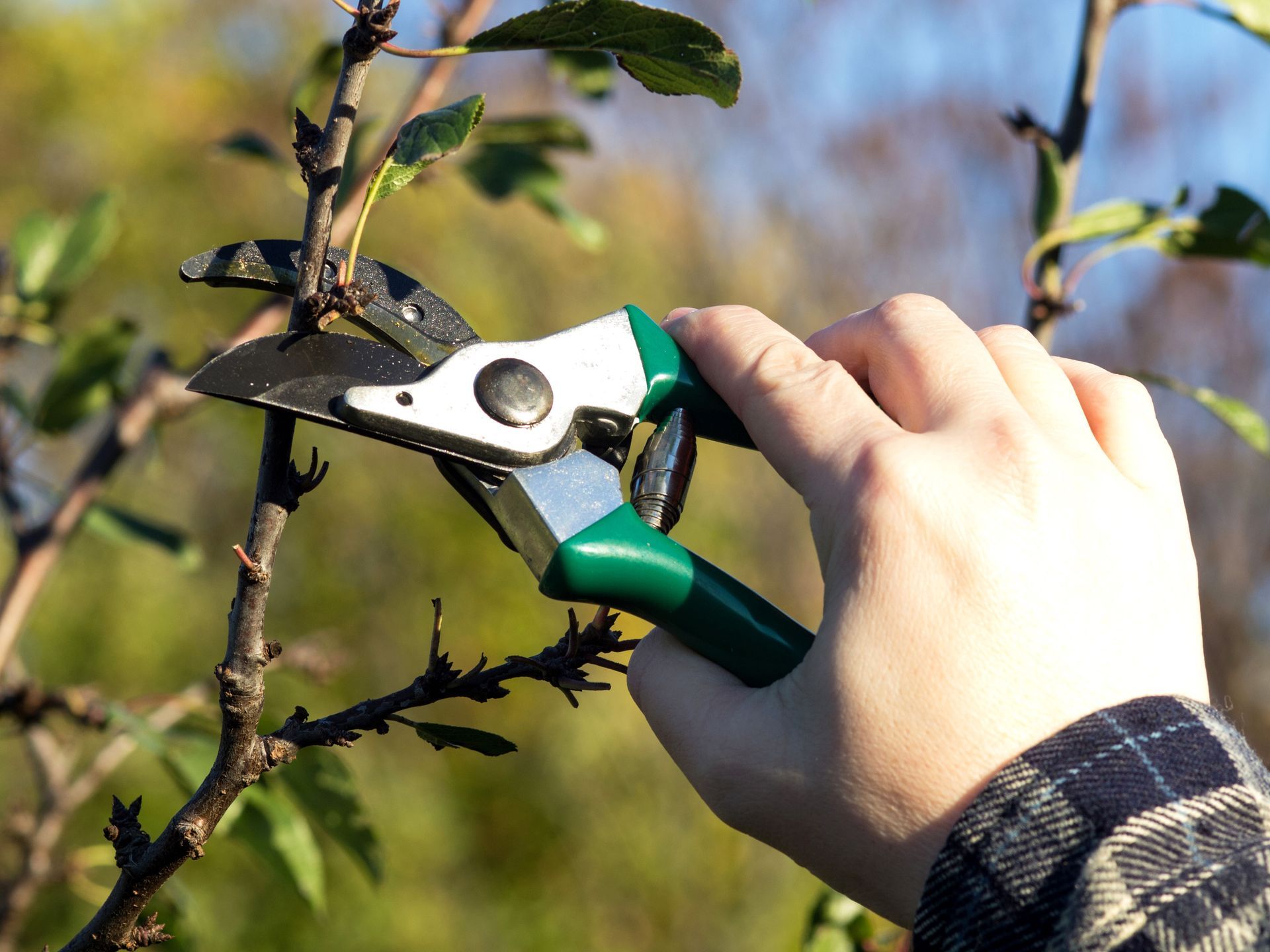
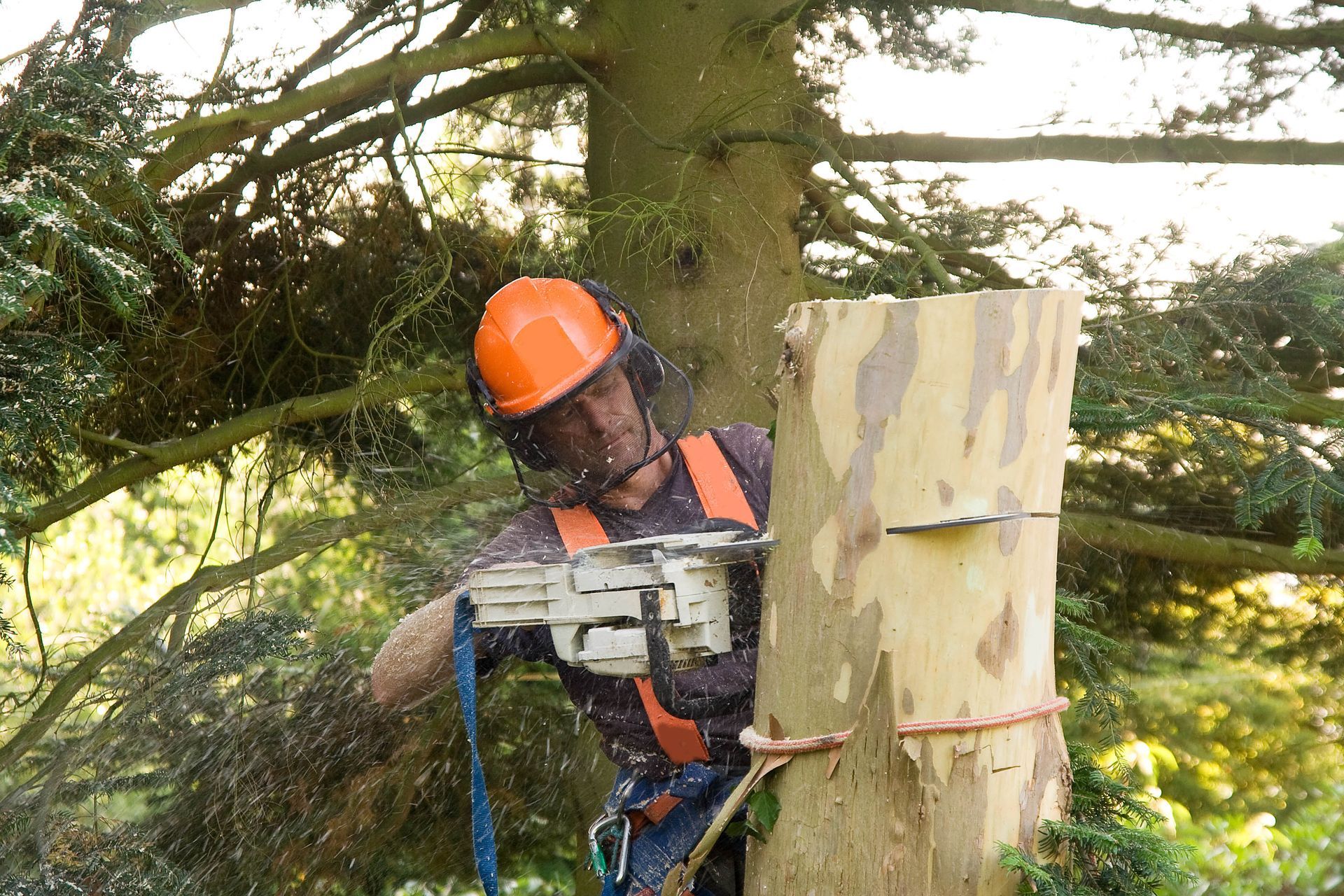
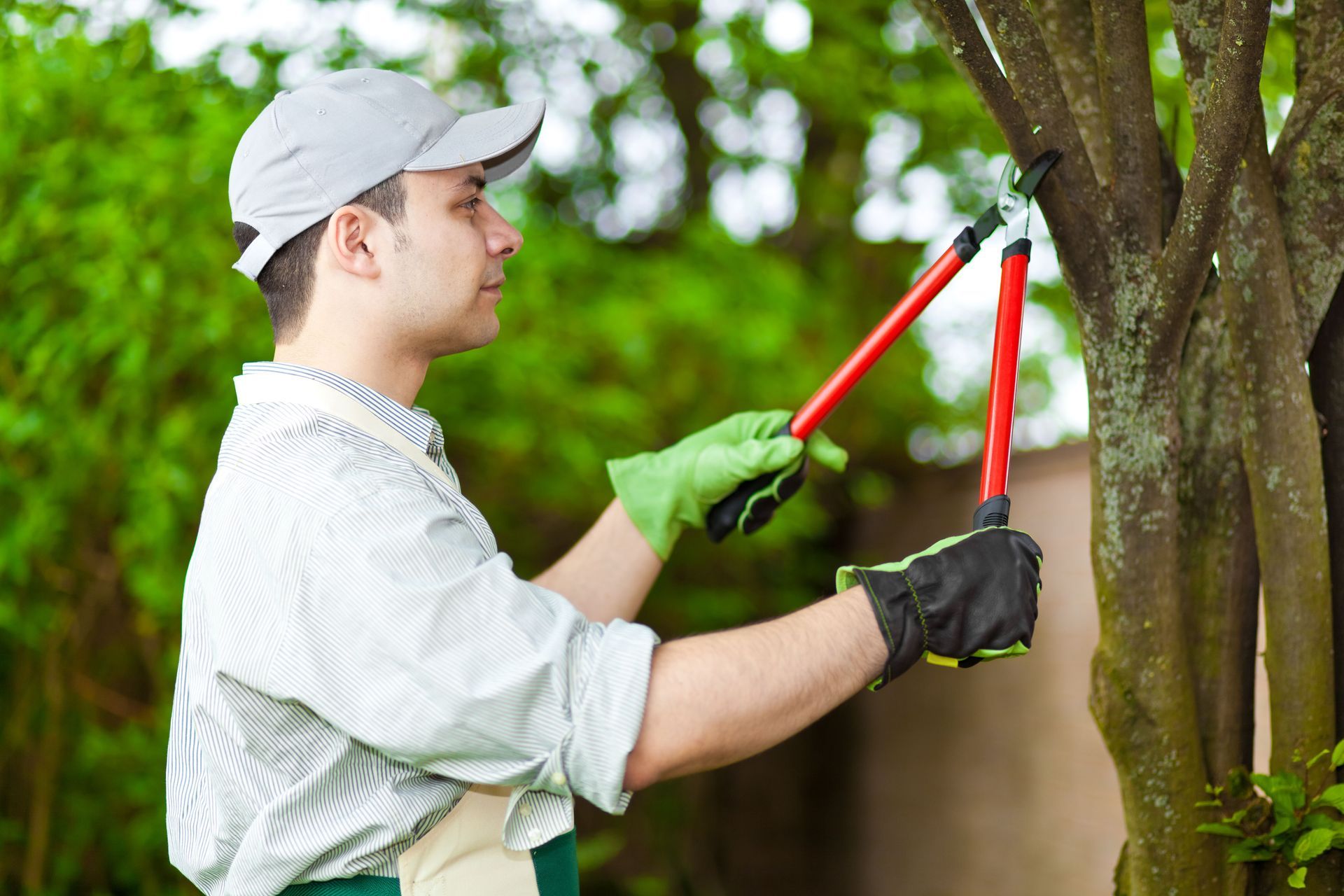
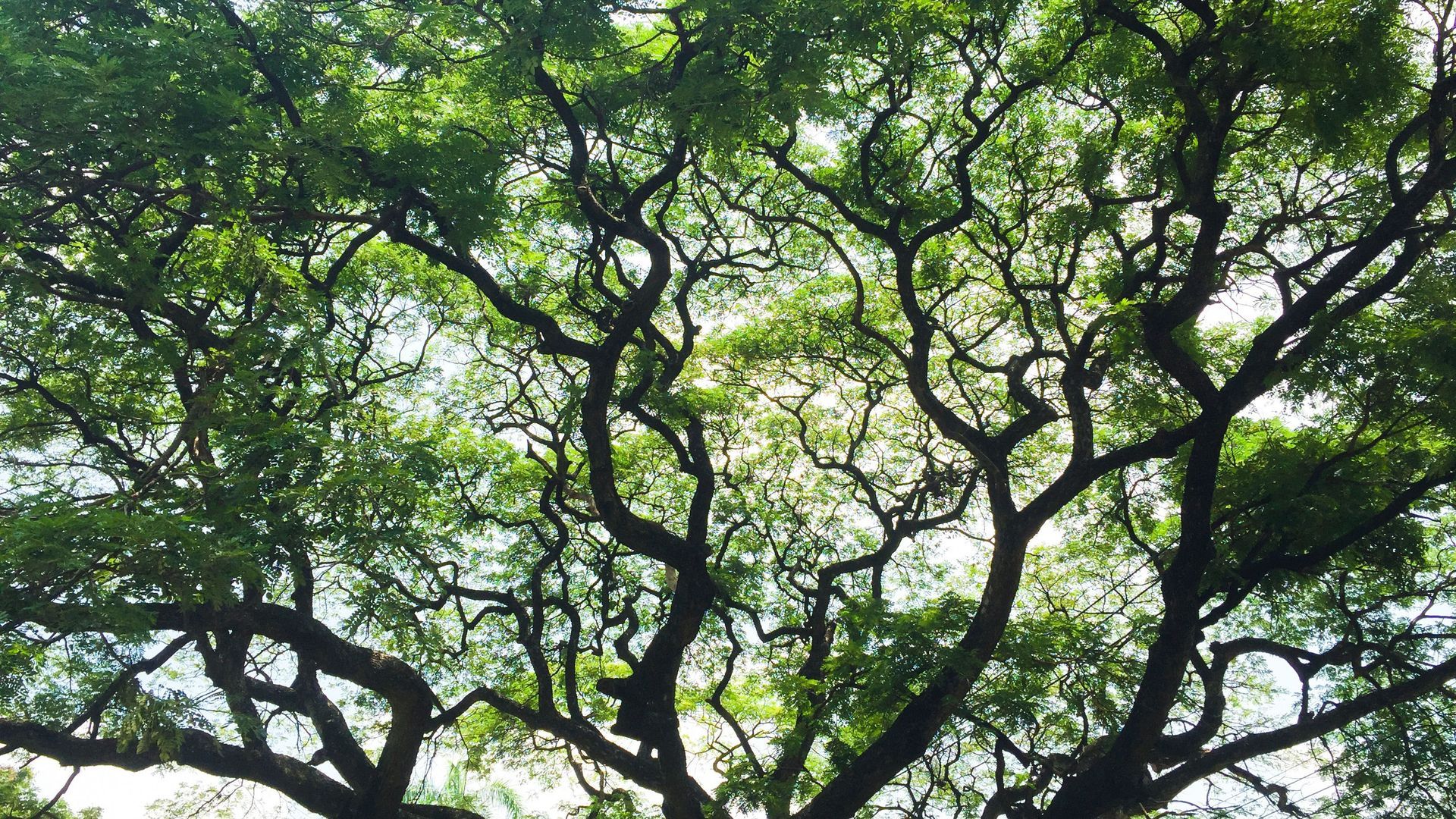
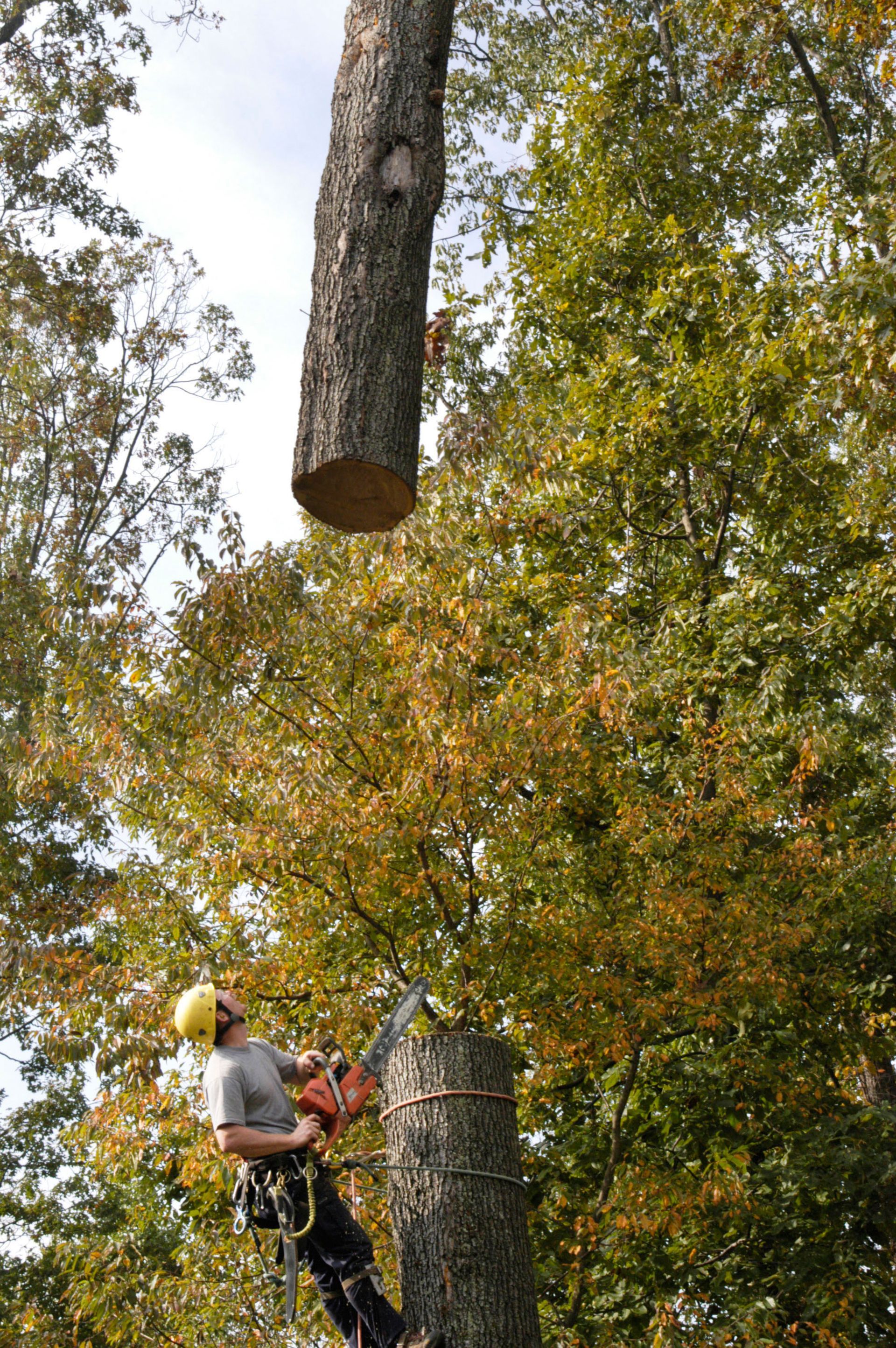

Share On: